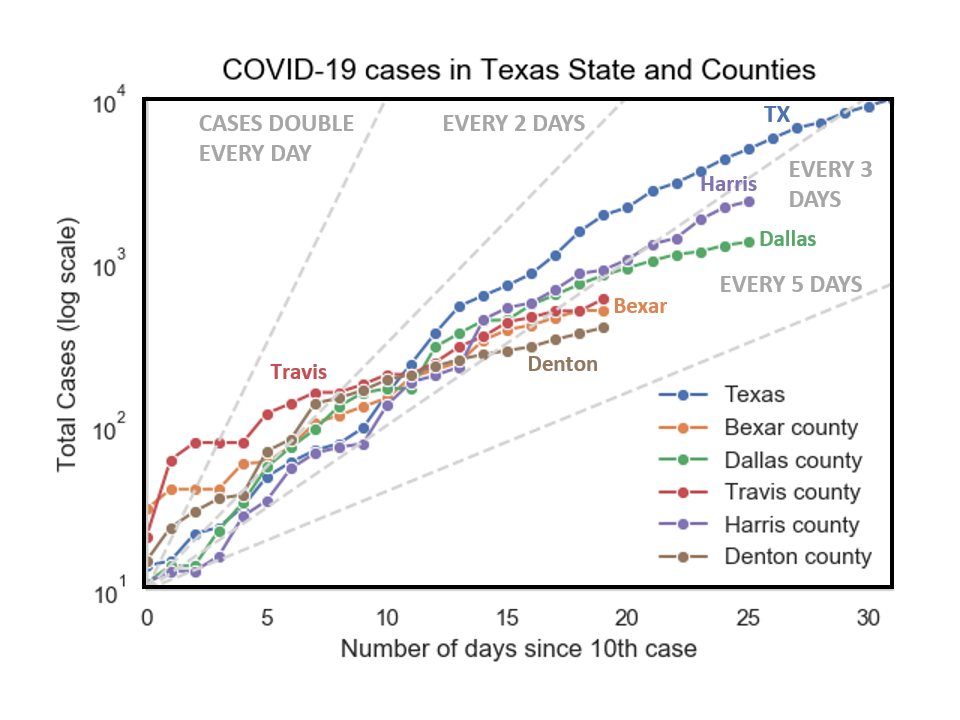SIRNet: Understanding Social Distancing Measures with Hybrid Neural Network Model for COVID-19 Infectious Spread
The SARS-CoV-2 infectious outbreak has rapidly spread across the globe and precipitated varying policies to effectuate physical distancing to ameliorate its impact. In this study, we propose a new hybrid machine learning model, SIRNet, for forecasting the spread of the COVID-19 pandemic that couples with the epidemiological models. We use categorized spatiotemporally explicit cellphone mobility data as surrogate markers for physical distancing, along with population weighted density and other local data points. We demonstrate at varying geographical granularity that the spectrum of physical distancing options currently being discussed among policy leaders have epidemiologically significant differences in consequences, ranging from viral extinction to near complete population prevalence. The current mobility inflection points vary across geographical regions. Experimental results from SIRNet establish preliminary bounds on such localized mobility that asymptotically induce containment. The model can support in studying non-pharmacological interventions and approaches that minimize societal collateral damage and control mechanisms for an extended period of time.
PDF Abstract